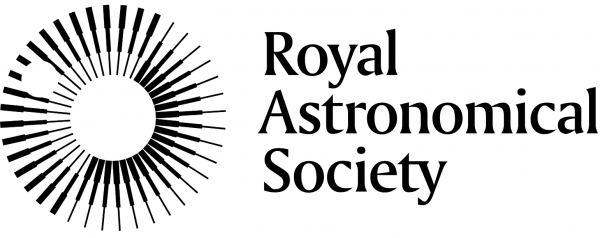With NAM cancelled this year, the RAS are hosting an online poster exhibition for early career researchers, professionals, and students from across astronomy and geophysics.
Here you’ll find over 200 posters spanning a wide range of topics from black holes to active galactic nuclei, to Mars missions and outreach and education.
Posters are searchable by their authors, and research field tags.
Please take your time to look at the submissions, and get in touch with the authors!
We encourage you to tweet about the exhibition using the hashtag #RASposter2020. Please note that any communications relating to the exhibition must adhere to RAS Code of Conduct, available here.
A senior team of astronomers and geophysicists are judging the submissions based on the quality of the content, communication and design. Winners of the competition will be announced back here in November 2020.
Thanks for visiting and please do show your support for the early career researchers by sharing their submissions, and asking questions!



